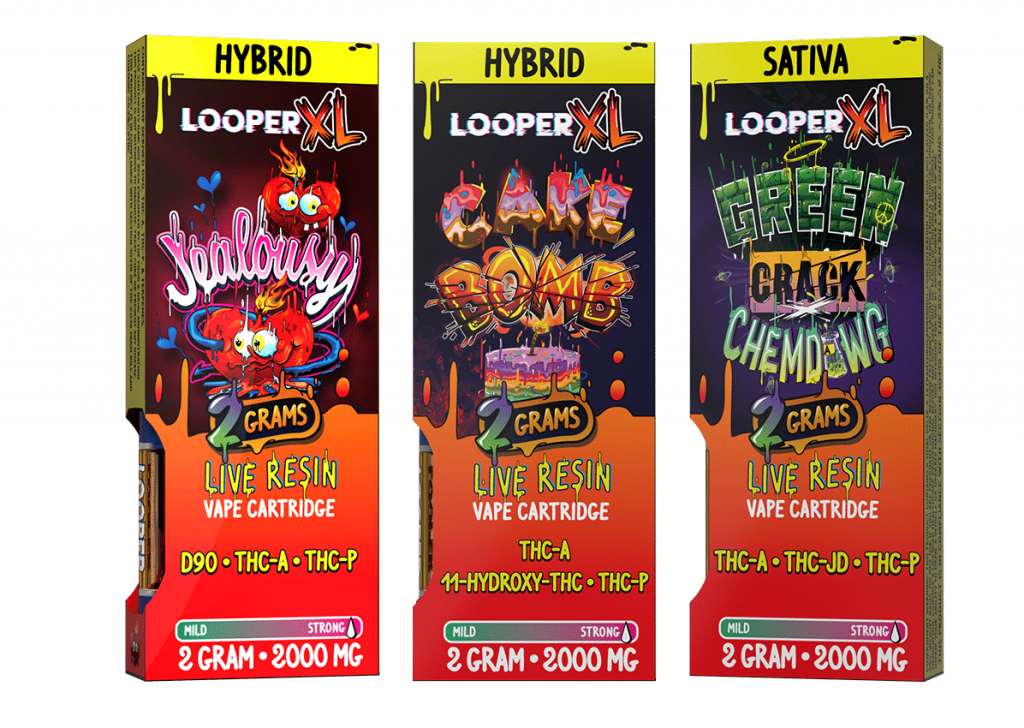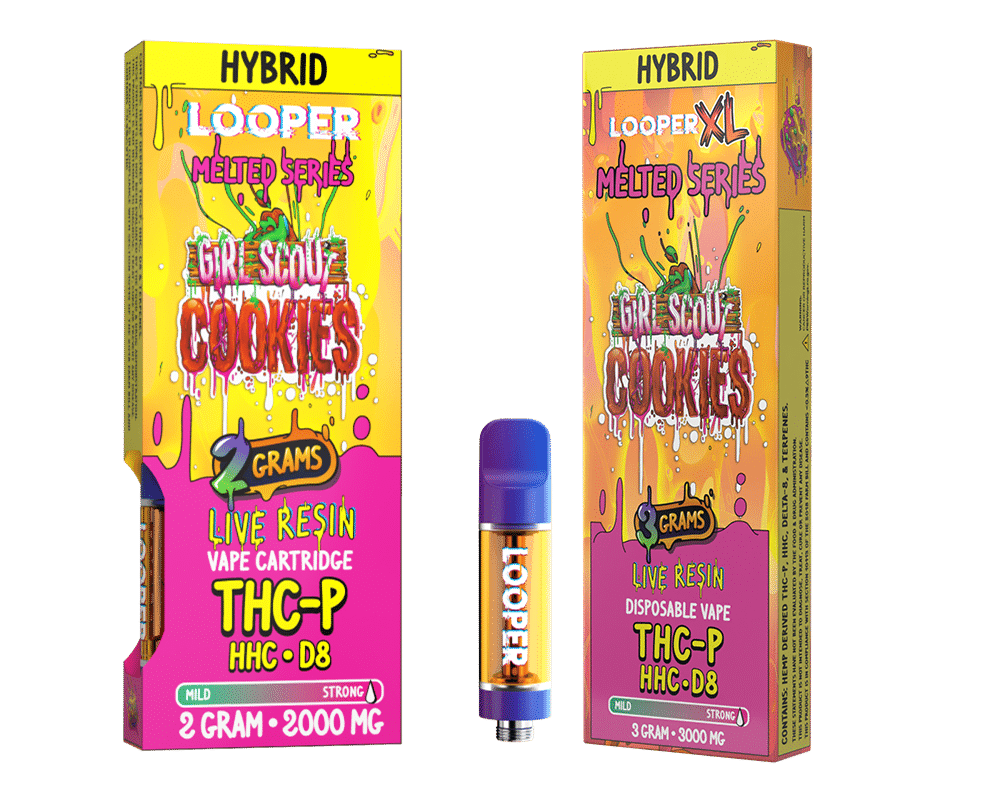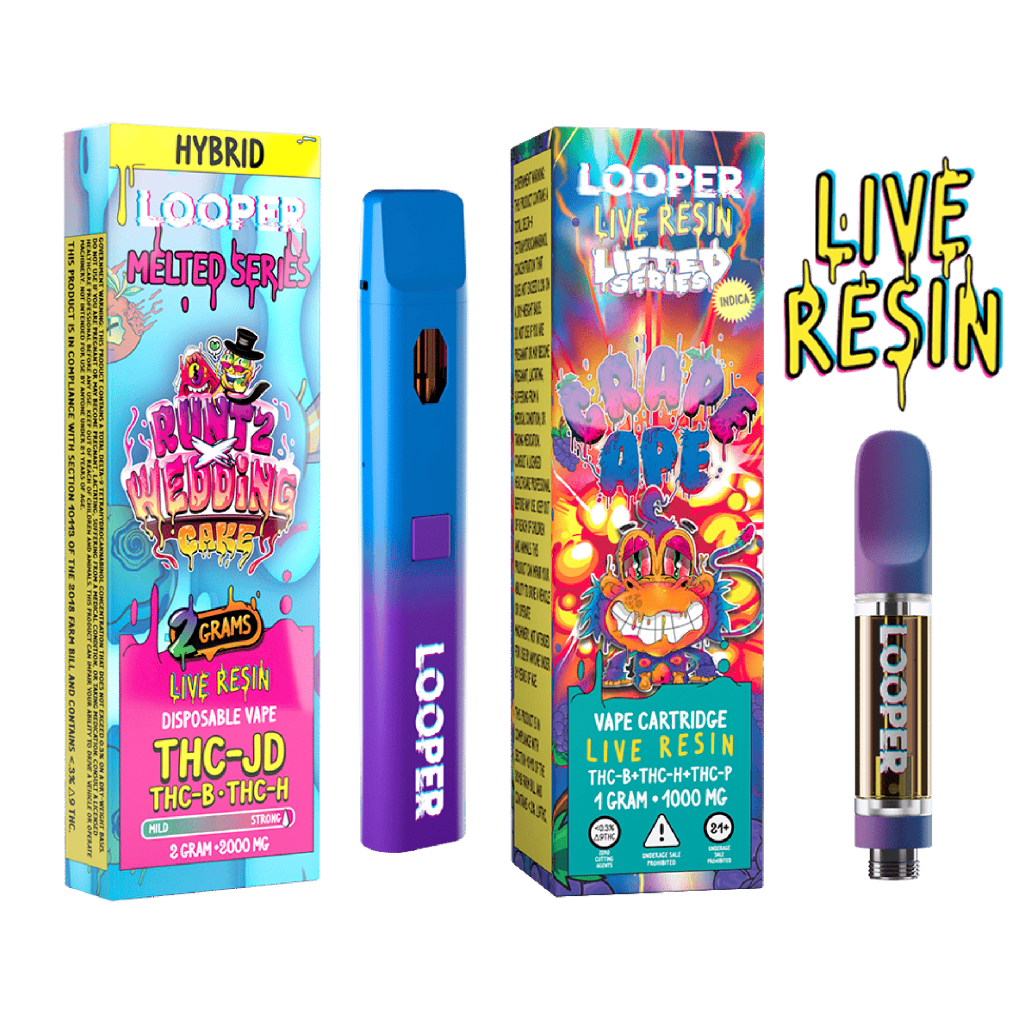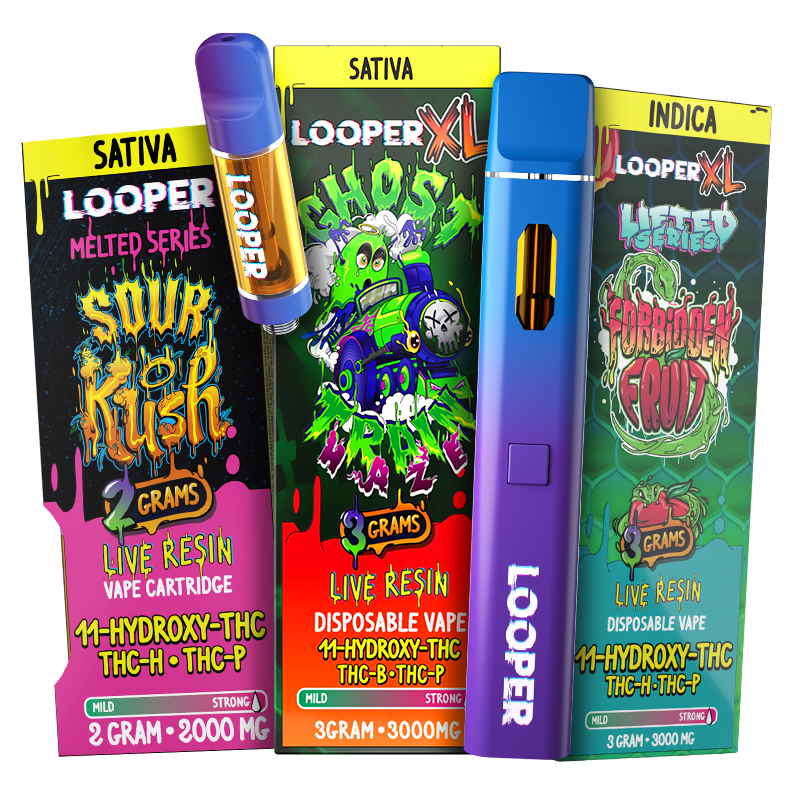Ever been so locked into a vibe that the music sounds better, the people around you feel more interesting, and even your thoughts get a little smoother? That’s not just the cannabinoids doing their thing. There’s another player in the game—terpenes. And once you really get what’s going on behind the scenes, the whole experience hits different. Time to uncover cannabinoids vs terpenes head-to-head.
So yeah, if you’ve ever found yourself wondering what’s really behind that perfect high, this whole cannabinoids vs terpenes debate is about to blow your mind.
You see, most people think it’s all about THC or CBD. But that’s only half the story. The magic is in the interaction, the way cannabinoids and terpenes work together to sculpt the exact kind of experience you’re having.
Whether you’re lighting up at a party, vibing on your own, or chasing that creative wave, the effects are shaped by a combo of compounds that do more than just get you lifted.
And trust me, once you understand how it works, choosing your next strain or vape cartridge gets way more intentional.
And since we’re talking about vibe, creativity, and magic, I’ll introduce you to the combination of all three in one brand: Looper. My tip for you is to go ahead and check out their top-of-the-line collection of cannabinoids. If you’re going to buy one and try it for yourself, do not forget to use the coupon code SLYNG30 to get 30% off your entire order.
Now, for the face-off.
What Are Cannabinoids and How Do They Affect You?

Understanding Cannabinoids and the Endocannabinoid System
So here’s where it gets juicy. Cannabinoids are those active chemical compounds in cannabis—like THC, CBD, CBN, and the newer stars like HHC and THCP—that interact with your endocannabinoid system. That system is basically your body’s internal vibe regulator. It’s controlling your mood, appetite, sleep, pain, and even your stress levels. When you consume cannabinoids, they bind to receptors in that system—CB1 and CB2—and that’s when the party starts.
THC’s the one that hits the CB1 receptors in your brain and gives you that euphoric lift. CBD? It’s more of a mellow modulator, helping to chill your nerves without the full psychoactive experience. And then there are others like CBG and THCV that bring their own flair to the table—whether it’s focus, energy, or full-on couch-lock. Each one triggers something different, and depending on the ratio in your product, the effect can be relaxing, energetic, introspective, or euphoric.
But here’s the twist: the same THC level in two different products can hit totally different. That’s where cannabinoids vs terpenes becomes the headline match. Cannabinoids light the fire—but terpenes shape the flame.
What Are Terpenes and Why Do They Matter in Your High?
Terpenes Explained: More Than Just Aroma
You know when you crack open a fresh jar of flower and that aroma punches you in the soul? That’s terpenes, baby. But they’re not just about smell. Terpenes are aromatic compounds found in cannabis and tons of other plants, and they carry their own psychoactive and therapeutic profiles.
Limonene gives citrusy strains that mood-boosting clarity. Myrcene brings a chill, earthy note that’s straight up sedating. Pinene? That’s that sharp pine scent that can actually enhance focus and memory. These little compounds are the behind-the-scenes directors guiding your entire high—and how you feel during it.
Think of cannabinoids as the gas pedal, and terpenes as the steering wheel. They guide the direction of your trip—whether you’re zoning out to vibey beats or solving life’s biggest mysteries on a balcony at 2 a.m. So in this cannabinoids vs terpenes conversation, terpenes hold way more power than most people realize.
Cannabinoids vs Terpenes: Which One Is More Important for Effects?
How Cannabinoids and Terpenes Work Together
Here’s where the chemistry starts cooking. When you pair cannabinoids with specific terpenes, you unlock what’s known as the entourage effect—a synergistic relationship that makes the entire experience more potent and nuanced. It’s not about choosing one over the other. It’s about understanding how they team up.
You could have pure THC isolate and still not get as satisfying of a high as you would from a full-spectrum product with THC, CBD, and a solid terpene profile. That’s because those other compounds are tuning the frequency of your high. A myrcene-heavy strain with THC might leave you completely melted into the couch, while the same THC percentage with more limonene and pinene might leave you uplifted, giggly, and ready to freestyle your way through a house party.
So if we’re framing it as cannabinoids vs terpenes, the real answer is—it’s both. It’s the combo that crafts the vibe. Think of them as co-producers on your favorite track: without one, the song doesn’t slap nearly as hard.
Why Terpene Profiles Should Guide Your Product Choices
Reading Labels and Choosing Based on Desired Effects
If you’re still picking your carts, dabs, or flower based only on THC percentage, you’re playing yourself. The real game-changer is reading the terpene profile. Those flavor-packed little compounds are the true architects of the high, and once you understand which terps do what, you’ll never buy blindly again.
You want creative energy? Look for something with terpinolene or limonene. Chasing deep sleep? Find strains rich in linalool and myrcene. Need to socialize and break out of your introvert shell at a kickback? Beta-caryophyllene might be your new best friend. Every terpene nudges your high in a direction—and pairing it with the right cannabinoids customizes the journey.
The move is full-spectrum, terpene-rich products that let all these compounds play off each other like a well-rehearsed band. That’s where cannabinoids vs terpenes turns into cannabinoids and terpenes—and your highs become more refined, more intentional, and way more fun.
The Role of Cannabinoids and Terpenes in Product Types

Comparing Vapes, Edibles, and Flower
The delivery method changes everything. When you vape or smoke flower, you’re getting the full range of cannabinoids and terpenes—assuming the grower didn’t skimp on the cure. You feel those effects hit fast, and you taste every terpene note as it rolls through your lungs. That’s why flower lovers swear by the full-spectrum entourage effect.
Edibles? A little different. When you eat THC, your liver processes it into 11-hydroxy-THC, which is more potent and longer-lasting. But a lot of edibles don’t retain terpene profiles unless they’re made with full-spectrum oil. So if you’re going that route, make sure the product was formulated with both cannabinoids and terpenes in mind—otherwise you’re missing half the magic.
Vape carts are hit or miss depending on how they’re made. The best ones—like the live resin and terpene-infused blends—preserve the natural synergy. When you choose based on full profile instead of just numbers, that’s when you stop getting high like a rookie and start elevating like a connoisseur.
Cannabinoids vs Terpenes: Debunking Common Myths
Clearing the Smoke Around Cannabis Effects
There’s this long-running myth that THC percentage is everything. And sure, THC brings the intensity, but it’s not the only key in the ignition. A well-balanced 18% THC flower with a robust terpene lineup can often outshine a 30% strain that’s flat on flavor and nuance. Don’t let the numbers fool you.
Another big myth is that CBD cancels out your high. Not true. In the right ratios, CBD actually smooths out the rough edges of THC, letting you ride the wave longer without crashing. It’s like having a wingman who makes sure you enjoy the party without wilding out.
And then there’s the idea that terpenes are just for taste. Nah. Terpenes are active ingredients. They interact with your brain, your body, your mood. They’re part of the whole experience—and if you’re not paying attention to them, you’re only getting half the picture in this cannabinoids vs terpenes showdown.
Final Thoughts on Cannabinoids vs Terpenes: Who’s Running the Show?

Building Better Highs Through Chemistry and Awareness
When it comes to cannabinoids vs terpenes, it’s not a competition—it’s a collaboration. These compounds are co-pilots, and the more you learn how they interact, the better you can tailor your highs to your mood, setting, and vibe. This is how you go from just getting lit to really curating your cannabis experience.
Once you start choosing products based on both cannabinoid and terpene content, every session becomes intentional. You want energy? You’ll know what to look for. You want to zone out, nap, or get philosophical on the porch while watching the sky turn colors? You’ll have the perfect strain or cart for that too. That’s the kind of smoking game that hits smarter, cleaner, and way more satisfying.
So yeah—next time someone’s talking about how high they got from “this one cart with 90% THC,” hit them with the real question: what were the terps like though? Because now you know—it’s not just about what’s in it. It’s about how it’s all working together. And that’s where the true magic of cannabinoids vs terpenes lives.
Stay lifted, stay curious—and never settle for a one-dimensional high.
